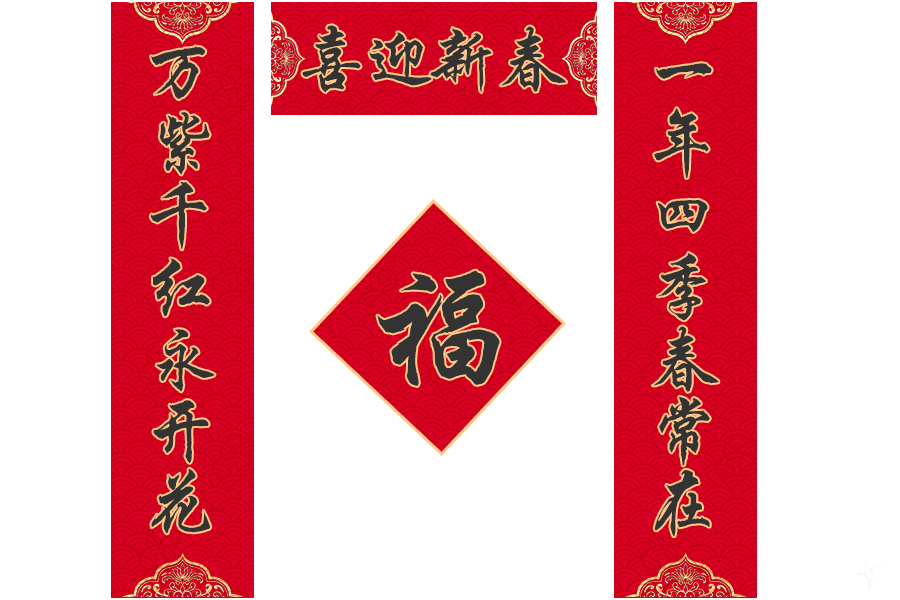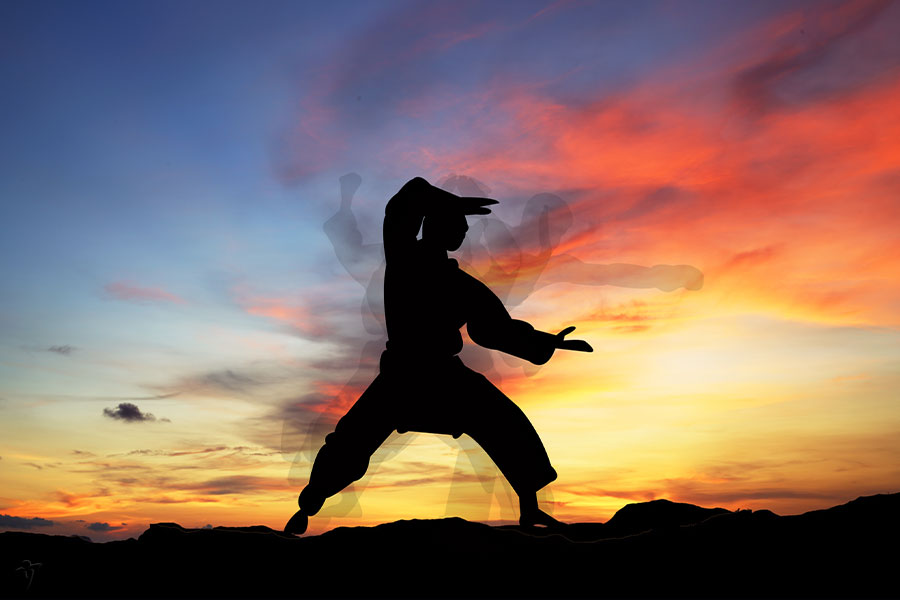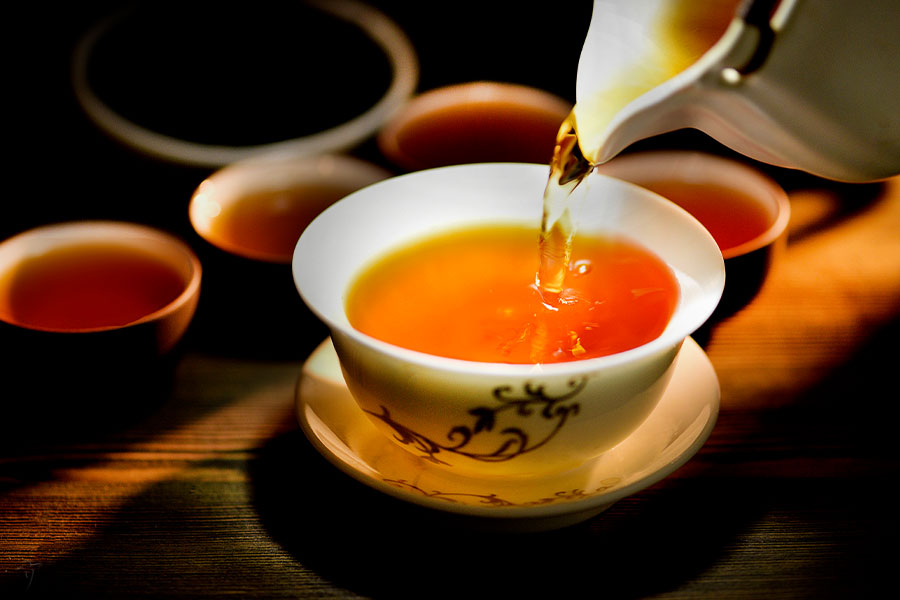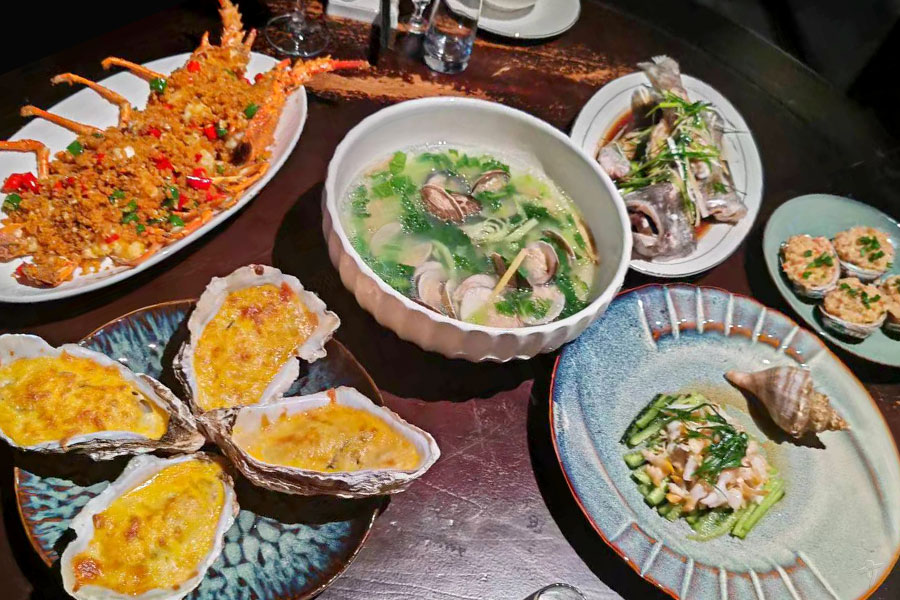Chinese Couplet

Couplet (Chinese:对联) is a pair of antithetical phrases (sometime added a horizontal hung phrase) written on papers, silks hung on the columns of halls or just engraved on the columns, with concise characters but rich and deep connotations. It is a cultural gem of Chinese nation that has been listed into the non-material cultural heritages. A couplet is always strict in neat antithesis; in general, two lines are in the same structure with same characters in numbers, coordinate in tones, same parts of speech in the same locations, corresponding in rhythms and related in contents.
It is said that couplet was emerged as early as Qin Dynasty (221BC- 207BC), which later was popular among the upper classes as well as the civilians. As a traditional culture, couplet today is popular as the Spring Couplet, almost every family paste Spring Couplet to celebrate the New Year before the Spring Festival with auspicious phrases.
Chinese couplets can be matched in general antithetical ways with fixed words, like sky for earth, hill for water, spring flower for autumn moon and the like, some are interesting using homophonic, metaphor, exaggerate or other rhetoric, while some are ingenious using artful skills referring to almost every field. Also, there are some handed down long couplets are superior difficult that still not well-matched challenging modern people. The most famous long couplet in China is found in Kunming Daguan Park with altogether 180 characters, and a couplet with 350 characters in Yellow Crown Tower in Wuhan City is probably the longest couplet in the world.
Related Readings
Top Topics

Chinese Kung Fu
Far and wide known as Kungfu (功夫) all over the world, Chinese martial art is also called Wugong (武功) or Wushu (武术) at home by Chinese people. It ca...

Chinese Tea
Being a vivid Chinese cultural specialty as well as Kungfu and traditional Chinese medicine, Chinese tea has been being developed in China for a lo...

Chinese Cuisine
"Food is the first necessity of the people" is a famous Chinese old saying, which reflects that Chinese have had paid much attention to food si...




